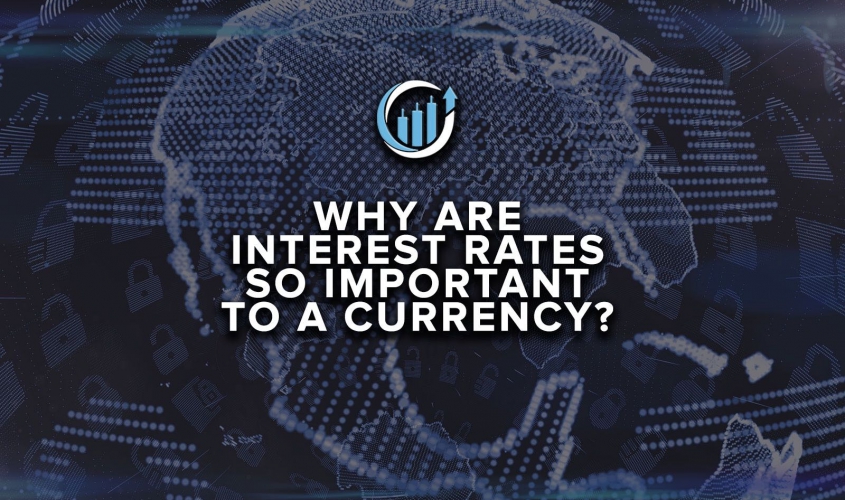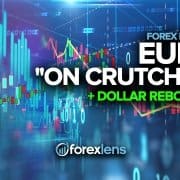Novice Forex traders soon start to learn that in addition to technical analysis, fundamental analysis is a huge driver of a currency’s strength. If you haven’t read my previous blog post on Technical vs Fundamental Analysis, check it out here: Technical Analysis vs. Fundamental Analysis. For those of you that have given this a read, you would know just how important economic parameters such as employment, GDP and interest rates are to a nations currency. Interest rates are known to be one of the most important factors that indicate a currency’s perceived strength.
This is why it is crucial as a Forex trader to know a country’s central bank monetary policy decisions on things such as interest rates. Knowing both the technical and fundamental sentiment of a currency can help you enter higher probable trades.
So what is a major determinant of whether a nation cuts interest rates or increases them? Inflation!
Inflation is the increasing price of goods and services over a period of time. Do you remember how 10 years ago a can of pop was less than a dollar? Now it can cost you a few. That is inflation, and it is healthy for the economy, in moderation of course. It is a common belief among economists that a moderate amount of inflation leads to economic growth.
Too much inflation can do the opposite, and actually slow down economic growth. This is why it is key for central banks to monitor inflation associated indicators such as the Consumer Price Index (CPI) and Personal Consumption Expenditures.
Let’s run through some examples, so you can get an idea of what the effects of raising and cutting interest rates are.
To keep inflation at a comfortable level, banks will usually increase rates. Why? Well, when you increase rates, consumers and businesses are more inclined to save money and not borrow as much. This results in lower overall economic growth, and thus slower inflation.
Conversely, decreasing interest rates, leads to consumers and businesses spending and borrowing more. This is possible because when interest rates are cut, banks ease lending requirements. All this “excessive” spending results in a robust, growing economy, which leads to increasing inflation.
So what does this all mean? Let me give you a real life example. Let’s say a new bank opened up near your house. They gave you an option between a savings account with 5% interest per month vs. 1% interest per month. Which savings account will you invest your money in? The one with 5%, right? Reason being, you will be getting a higher return on your investment (5%/month vs 1%/month). The same line of thinking is applied to currencies. In simpler terms, this is how global markets determine the strength of a country’s currency. In general, the higher a country’s interest rate, the stronger the currency will be over time and vice versa. Without going into too much economic detail, this is how global markets perceive the strength of currencies.
Next time you are on the charts and are ready to enter a trade, make sure you check the overall monetary policy for both currencies, this will not only ensure a higher probable trade, but will also save you from any unexpected surprises during central bank speeches.









